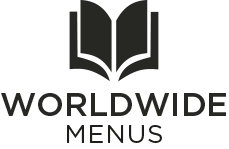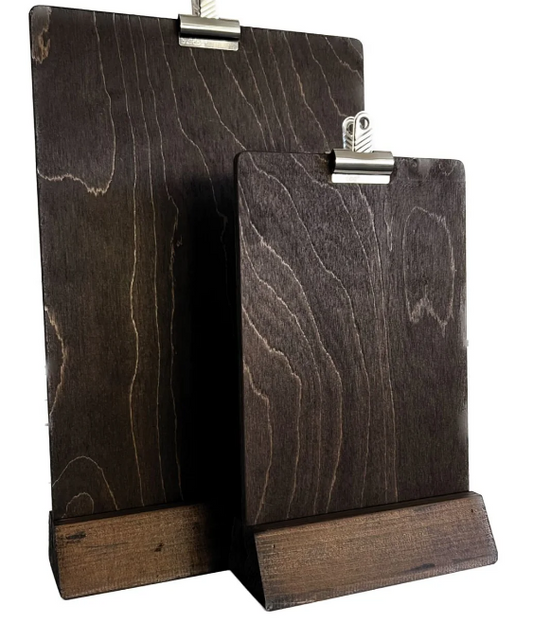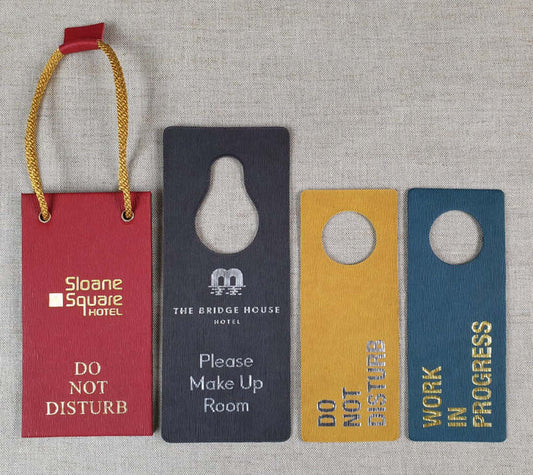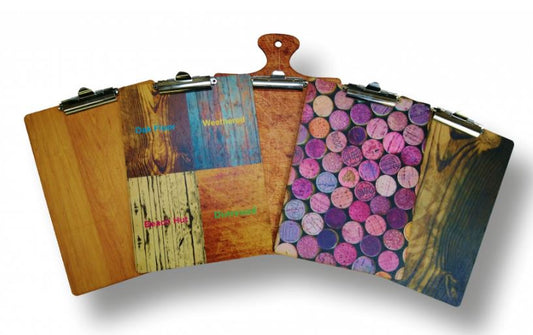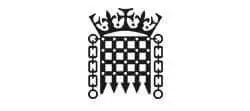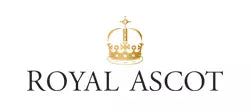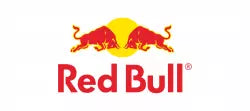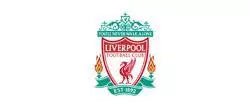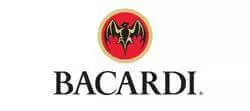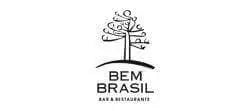Going for your dream of opening a restaurant needs you to be sufficiently in-the-know. Primarily, ask yourself if you can afford it. It can be intimidating, nonetheless, but don’t fret. A big investment such as starting a new restaurant can pull through with financial assistance through a bank loan. This financial fund can essentially cover the costs of your startup. Below are some facts and figures that you need to know.
The Cost Of Opening A Restaurant- Can You Afford It?
In a recent survey, it was estimated that opening a restaurant may entail an expense of $275,000. That is equivalent to $3,046 for every cover of a leased space. With an added land space, the cost may escalate to $425,000 or else $3,734 per cover.
However, there isn't actually a one-size-fits-all budget for starting a restaurant business because a number of factors should be taken into account, and your needs and preferences may vary. Some of these are your restaurant concept, the location, and whether you opt to lease or purchase your space.
Startup Costs For A Restaurant Business
You should know the necessary expenses for starting a resto before determining the final figures and applying for a restaurant startup loan. The breakdown of what you initially have to pay for is discussed below.
1. Security Deposit (For Leasing), Or Downpayment (For Purchasing The Property)
A major expense that you have to consider is to secure the property of your business. Are you going to buy the restaurant location? In this case, you need to prepare a 10% downpayment of the property value so that your loan can be secured. Location is a primary factor for the profitability of a restaurant and the cost of real estate generally varies. The downpayment that you need to render for a loan ranges from $12,500 to $40,000. To be able to save on your budget, you can opt to lease a commercial space rather than buy the location so that you will
Only need to spend for the first month’s rent and the security deposit.
2. Renovation Or Construction Of The Property
Whether you start from scratch for a new build or make improvements to an existing property, construction or renovation costs can be expensive. Nonetheless, this also depends on the extent of the necessary work. You will need to spend from the range of $140,000 to $280,000 for this endeavor. To get more value for your money, you can consider purchasing a commercial space that already exists instead of building a new property. Buying an existing restaurant that already has an outfitted HVAC and plumbing system can help you save time and money as well.
3. Kitchen and Food Service Equipment
What you have to pay for as another big expense is the food service equipment. Kitchen and cooking equipment such as flat top grills, ranges, charboilers, refrigeration units and warewashing tools have to be secured. If your restaurant includes a bar, you will need an underbar organizer, liquor displays and a tap system. Utensils, pots and pans, among others have to be provided in the same way. The cost that these entails is somewhere from $75,000 to $115,000. To begin with, and to save money, you can lease this equipment.
4. Furniture and Tableware
These investments may cost from $20,000 to $50,000. To reduce your expenses, buy attractive tabletops instead of placing tablecloths. This way, you’ll save on water usage for washing linens. There might also be restaurants whose businesses are closing- you can get a good deal on these items that they offer at reasonable prices.
5. POS (Point Of Sale) System
You have to make means for a streamlined ordering process in your restaurant, and POS technology can make this easy in many ways, including the management of your inventory and employees, along with sales reporting. In your POS package, there typically should be front of the house stations featured with touch screen monitors. It must include scanners for credit cards, and receipt printers. For components at the back of the house, see to it that there are ticket printers or kitchen displays. As for added accessories, you can provide kiosk ordering monitors, POS monitors at the tableside and mobile POS tablets. Your investment for a POS system may run from $12,500 to $20,000.
6. Initial Food Inventory
Non-perishable food ingredients and items are included in the costs for your initial food inventory, that’s why it is more expensive than your replenishment on a daily or weekly basis. Your staple inventory is built up by coffee, spice oils and condiments, among many other items. You can determine the projection of your initial food cost through a thorough analysis of your menu and ascertaining the price of every ingredient. The cost of your food beverage is within the scope of $5,000 to $25,000.
7. Licenses and Permits
Before running your restaurant, you have to acquire a number of licenses, such as:
- Business license that costs $50 to $400
- Certificate of occupancy that costs $100
- Sign permit that costs $20 to $50
- Liquor license that costs $300 to $400,00
- Food service license that costs $100 to $1000
- Insurance that has an annual cost of $1000 to $10,000
Being the most expensive, you can reduce the cost for liquor licensing by skipping the liquor and serving only beer and wine.
8. Initial Marketing Plan and Grand Opening
This may range from $6,000 to $30,000 depending on the outlets that you choose, or if you require the assistance of an ad agency. Utilizing free advertising methods in social media can help you save on this, along with other online avenues such as listing your establishment on Google My Business.
9. Salaries Of Your Staff
This greatly varies depending on your requirements. You’ll be able to better fit this on your budget if you hire your staff as needed instead of altogether at the same time. As for you being the owner, you might forget about obtaining your own salary until your business becomes profitable.
The budget requirements of starting and operating a restaurant varies depending on what type of establishment it is. By adhering to money-saving tips and methods, your business can be profitable and successful as you carefully monitor your expenses.
